With Gen 4 remakes possibly on the horizon, let’s look at the games that started it all!
I can fondly remember the day I received Pokémon Diamond. It was my first trainer Pokémon game and I have so many fond memories of it. To this day, Pokémon Diamond, Pearl, and Platinum are some of my favorite games. They held a whole level of difficulty to them that I have yet to see replicated in any of the games since. So let’s take a look back to see what made these games so great and difficult.
Pokémon Diamond and Pearl introduced several new features. One of these features was the incorporation of the Pokémon Watch or Pokétch for short. On top of using the touch screen for battling, the Pokétch allowed players to interact with up to twenty-five collectible apps after obtaining three coupons from clowns around Jubilife City. Some of these apps included a pedometer, a friendship checker, the trainer counter, the color changer, and much more. These apps held a variety of purposes including checking on day care pairs, keeping track of pokeradar chains, and various other tools that were useful to have around. While everyone started off with four apps, the other remaining apps could be collected from NPCs in towns either just by talking to them or by completing certain tasks like showing them a specific pokémon or beating a certain gym. The screen is also displayed in LCD coloring reminiscent of the Gameboy screen.
Another touch screen feature was the ability to use it during battles. While the top screen was entirely dedicated to showing the animations and effects of the battle, the touch screen was dedicated towards the Attack, Item, Run, and Pokémon command. They even demonstrate this capability in the tutorial capture and in Professor Rowan’s introduction at the beginning of the game where both activities show the requirement of the touch screen to complete the game. Of course, a stylus or finger wasn’t always required, as a simple tap of the A button allowed for players to navigate the menu like they had on the Gameboy.
The Trainer Card and Pokémon Status Menus also got a touch screen upgrade. For the trainer card, players were now able to view and clean their badges, with each badge making a different sound depending on how clean they were. It was a neat little feature that you can actually hear in the Black 2 White 2 DPPt gym leader theme several years later. As for the Pokémon Status Menus, while it is not a major feature, now instead of having to flick through every menu, players could use the touch screen to jump to whichever page they wanted to get to. While not a major upgrade, it still was a nice touch at the time.
Of course, touch screen upgrades were not the only new features to be added to the games. For one, Pokémon Diamond and Pearl introduced 107 new Pokémon, including preevolutions and new stages for many old Pokémon. Certain Pokémon, such as Munchlax, Lucario, Mime Jr., Bonsly, Buizel, Chatot, Manaphy, Mantyke, and Weavile, were revealed through movies prior to the release of Pokémon Diamond and Pearl. Munchlax, Lucario, Mime Jr., Bonsly, and Weavile also all appear in Pokémon Mystery Dungeon Red and Blue Rescue Team, either as statues or as part of a quest. But these were just a glimpse into the world of all new Pokémon. Sinnoh introduced a treasure trove of new stars, including Pokémon such as Piplup, Luxio, Drifloon, and Garchomp, as well as new faces for old Pokémon like Gallade, Electivire, Porygon-Z, and more! All in all, it made the games a lot more interesting because veterans not only got to use their old partners in new forms, but it also introduced new players to the older games in a unique way.
One other new feature that Pokémon Diamond and Pearl are especially well known for is the Physical/Special split. Prior to Generation IV, all the Pokémon types had a specific attribute assigned to them, meaning all moves of a certain type were either physical or special. While this was not too odd, for moves like Hyper Beam, which was physical prior to the split, and Leaf Blade, which was special prior to the split, it made very little sense. Thus, starting in Generation IV, all moves had their own special and physical indicator, throwing a whole new mechanic into competitive play.
Pokémon Diamond and Pearl also increased the occurrence of Double Battles, a feature introduced in Generation III but something that was never really acted upon other than a gym battle and a few NPC battles. Not only are there several double battles against random trainers and Team Galactic, the main villains in the Sinnoh Region, and a whole restuarant dedicated to Double Battles, but Pokémon Diamond and Pearl also introduce something akin to side quests to create mandatory Double Battles as well. In Eterna Forest, Wayward Cave, Iron Island, Stark Mountain, and Victory Road, there is an NPC that you must escort through the area to the end. For the most part, these are optional. While Eterna Forest’s in mandatory, the NPCs in Wayward Cave, Iron Island, Stark Mountain, and Victory Road can be entirely avoided if the player just does not visit those areas. However, there are perks to these side quests, as the NPC will keep the player’s Pokémon at full health for the entirety of the journey and in some cases, the player will receive a reward for helping out.
Pokémon Diamond and Pearl also introduced a variety of new ways to interact with other players. Using the new wi-fi and wireless features, players could hang out with friends through activities such as contests, poffin making, and the underground! Features such as the Union Room and the GTS were also implemented, allowing access to people near and far. Players were able to trade for Pokémon that were difficult to find or even game exclusive. With new ways to catch Pokémon such as through the honey trees or the odd keystone, it was difficult to complete the Pokédex in these games, but with a little help, anything is possible. Pokémon Diamond and Pearl also implemented the beta for the walking around feature that would later arrive in Pokémon HeartGold and SoulSilver through Amity Park. This allowed players to walk with a specific set of Pokémon to collect items that could be used in battle and in contests. Day and Night also return, affecting evolutionary abilities and wild Pokémon encounters in a similar way to Gen II. It even affects certain trainer battles, with trainers like Joggers only battling in the mornings and Policemen only battling at night.
Contests make a return in this generation but in a newly revamped fashion. With poffins replacing pokéblocks, players can now also win the appeals category simply by matching the theme, at least in the earlier rounds. As time goes on, however, players must make better accessory choices and stock up on those poffins to make sure their Pokémon is the best. Dancing comes next, making use of the touch screen, your Pokémon must follow the leader’s steps exactly for three rounds before coming up with a difficult dance of their own. Finally, we get to the action round where players can earn bonus points if they attack the right judge at the right judge. All in all, it is not a bad system and while dancing was cut in the ORAS contest version, maybe we will see it again in the Gen IV remakes.
“So what made these games so tough?”, I hear you asking. I’ll tell you what. Cynthia. While the Gym Leaders on their own were their own challenges, with the last two Gym Leader not even sticking to their own type for the whole match, and the Elite Four being no picnic either, Cynthia is a whole class above. Those that played Diamond and Pearl know the horror that is Cynthia’s team. As the first female Champion, Cynthia was also the first Champion since Gary Oak to not have a specific type. In fact, Cynthia was so powerful in Pokémon Diamond and Pearl, her team had to be nerfed for Pokémon Platinum, with most of her Pokémon dropping down about four levels. While this may not seem like much, it was still a huge difference. Cynthia uses some of the strongest Pokémon in the game, starting out with Spiritomb, who, at the time, was nearly impossible to get and had no weaknesses. While this on its own made the Pokémon a tricky character, this Spiritomb also knows embargo, preventing you from using any items on your Pokémon for several turns, and Silver Wind, which has a chance to boost all its stats by one stage. Then there’s Roserade, a Pokémon with a very coverage based set and a decent chance at poisoning your Pokémon. Third is West Sea Gastrodon, a Pokémon that not only also has a poison chance as well, but also has three of the hardest hitting moves in the game, Muddy Water, Earthquake, and Stone Edge. Lucario is fourth in the roster with another coverage set and Milotic is after that with bulkiness from Aqua Ring and Marvel Scale. But you won’t know fear until you see Garchomp. Garchomp is by far the most difficult Pokémon to beat in the game if you do not have a dragon or ice type move handy. Not only is the Pokémon holding a sitrus berry, but it also knows Earthquake, Dragon Rush, Brick Break, and Giga Impact, all which can easily OHKO your Pokémon. In Platinum, these movesets were not only altered, but West Sea Gastrodon was replaced entirely with Togekiss, making Cynthia a slightly easier opponent to deal with. However, despite all her power and intimidation, Cynthia made an extremely long lasting impression on fans, showing up as a recurring character in the games and the anime. Cynthia even has a special distribution event in HeartGold and SoulSilver that centers around her and Arceus. All in all, as much as fans may have feared her, Cynthia is an amazing character, aiding the player through the journey up until they face her. If there were ever a representation of the Diamond and Pearl games, she would be it.
The post In Review: Pokémon Diamond and Pearl appeared first on Pokémon Crossroads.
Read more or post a comment.
Results 1 to 1 of 1
-
08-02-2017, 12:47 PM #1
In Review: Pokémon Diamond and Pearl



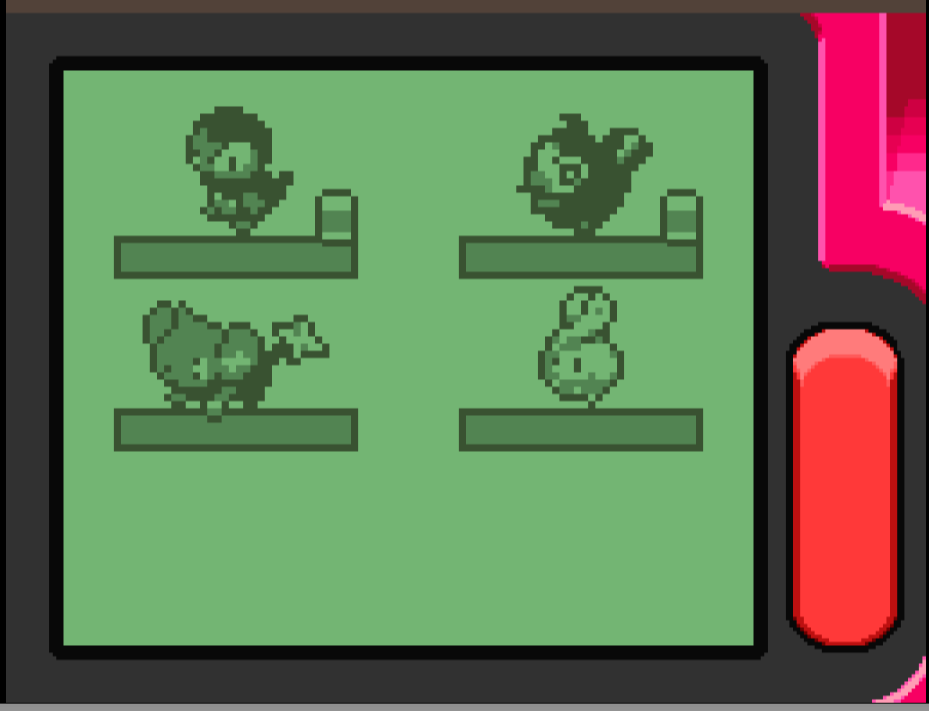
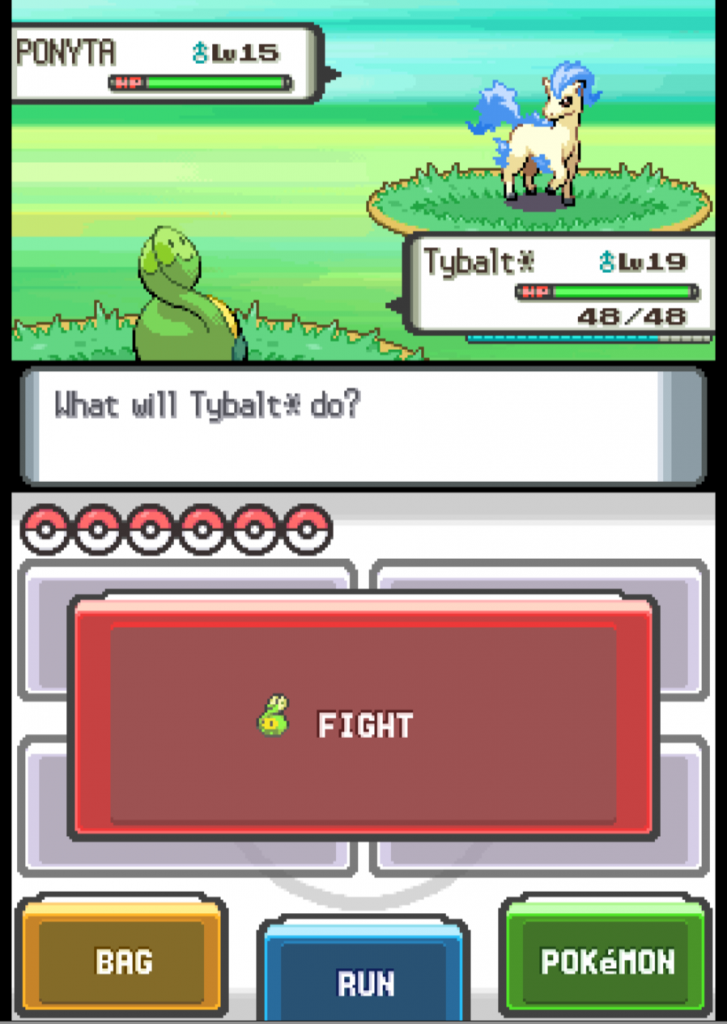
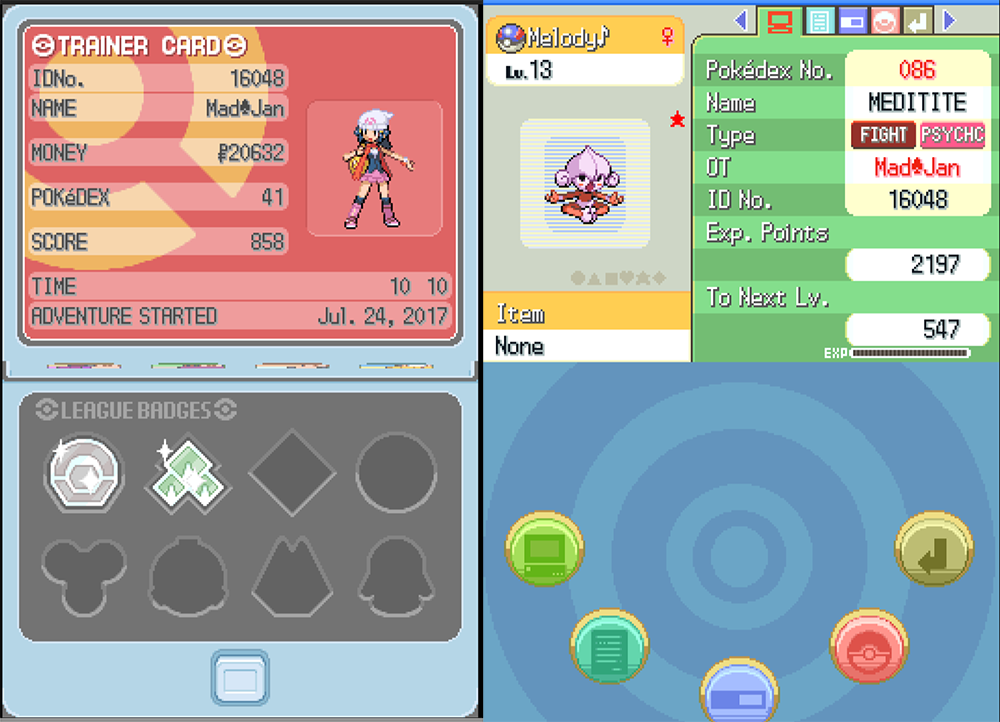
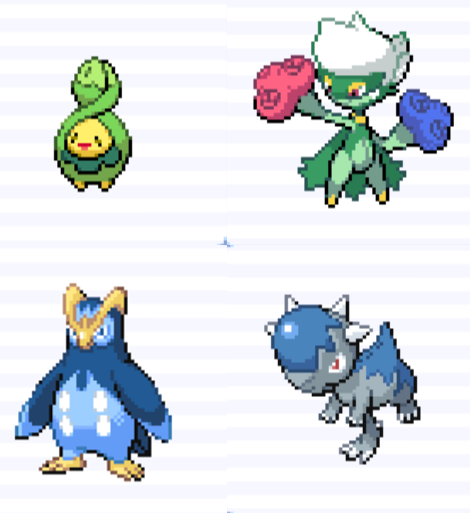
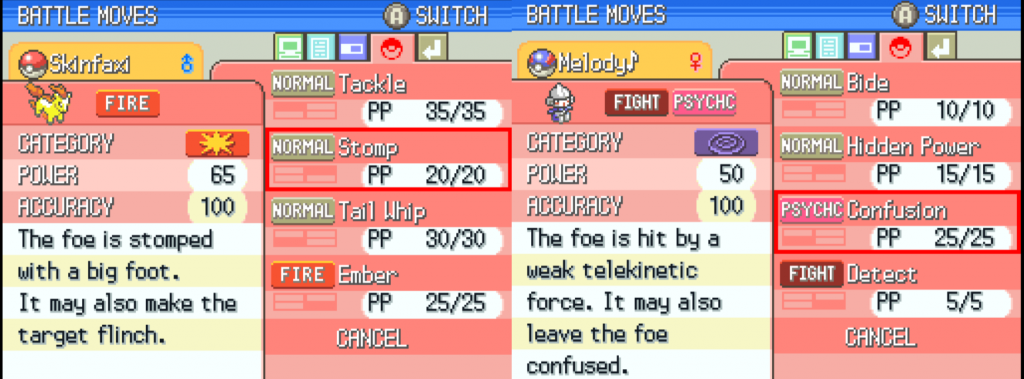
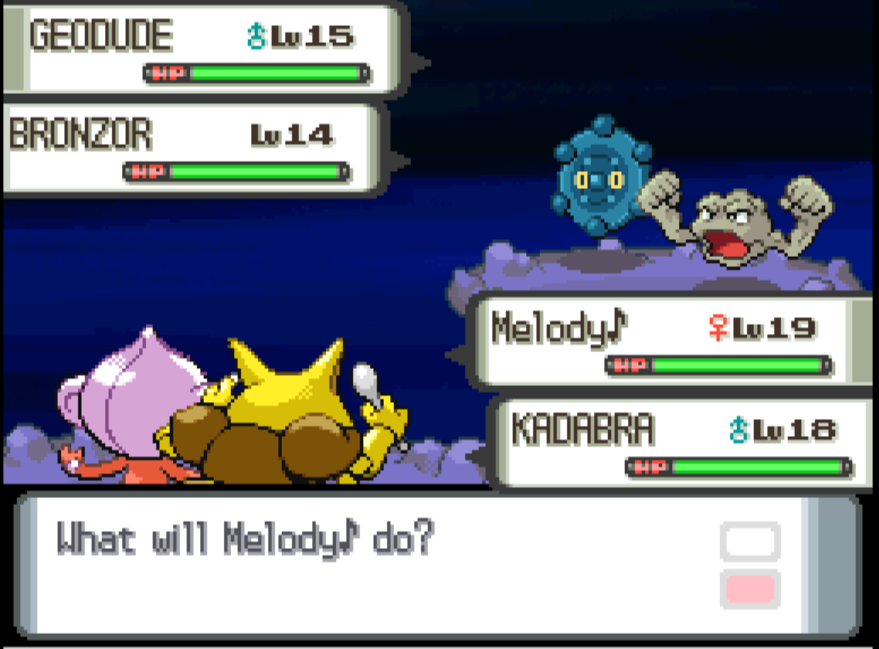

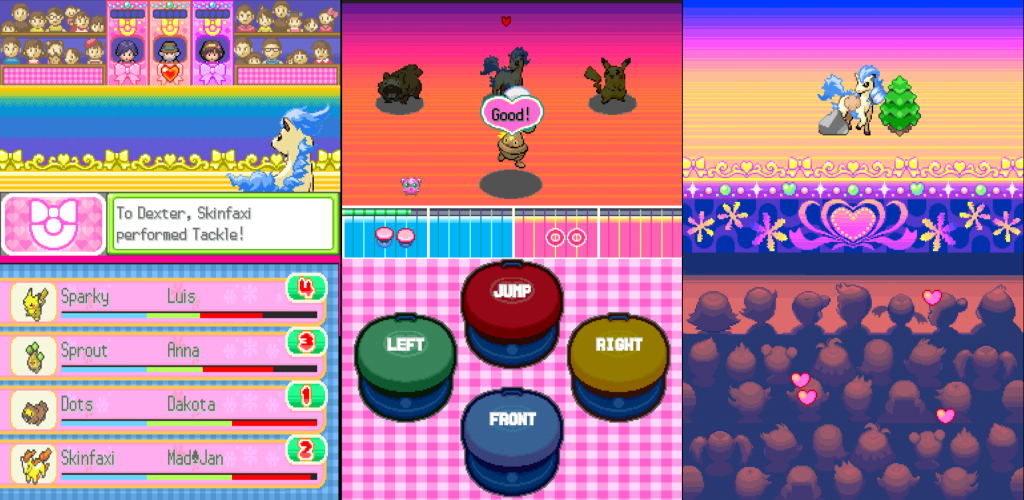
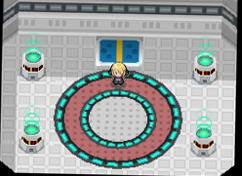

 Reply With Quote
Reply With Quote
Bookmarks